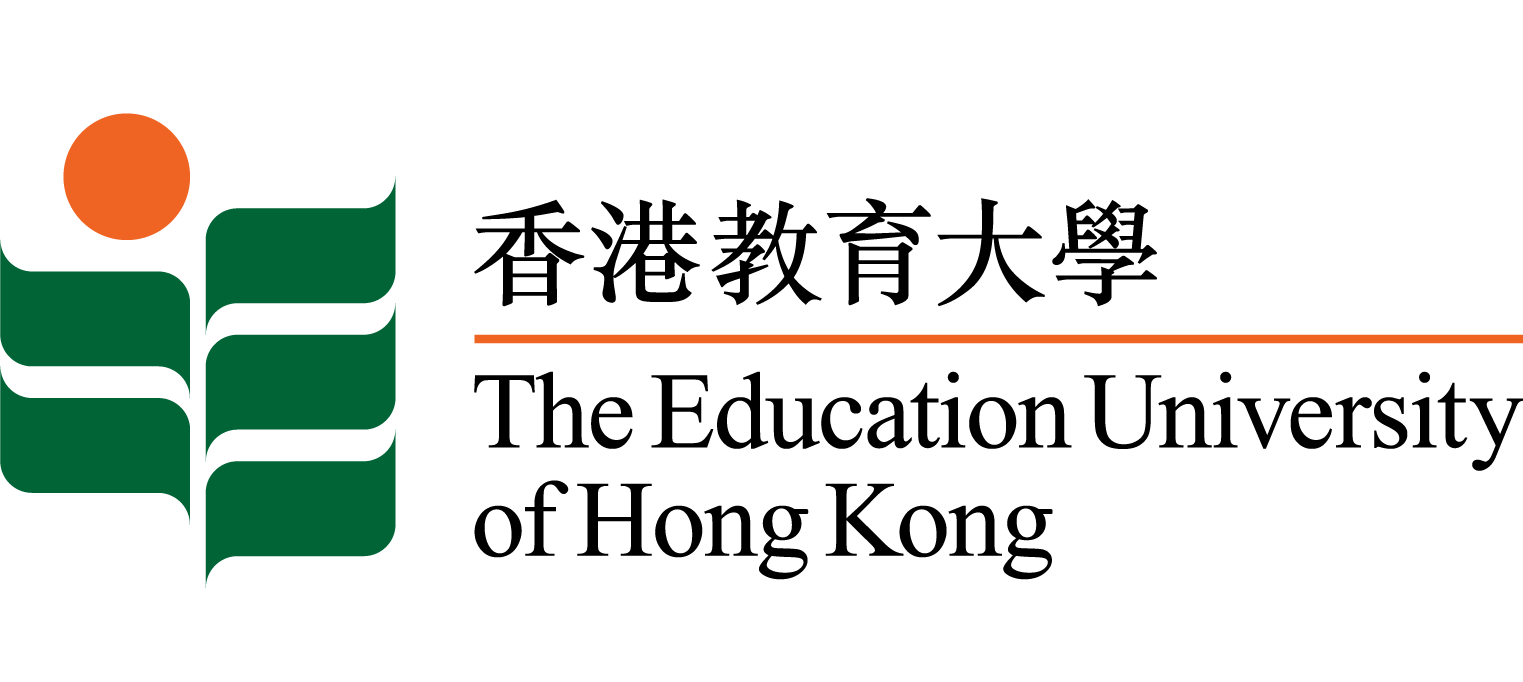Book Chapters
A historical review of the aims of the primary art and craft curriculum (1950s-1990s)
- A historical review of the aims of the primary art and craft curriculum (1950s-1990s)
- School curriculum change and development in Hong Kong
- Hong Kong
- The Hong Kong Institute of Education
- 2000
-
- Hong Kong
-
- 1997.7 onwards
-
- Primary Education
- In Hong Kong, except for Art and Craft and Physical Education, official approved school textbooks for pupils and handbooks for teachers are widely used in primary schools. When Art and craft primary teachers in Hong Kong plan for their lessons, they can only follow the official curriculum prepared by the Curriculum Development Council of the Education Department of Hong Kong. Thus, the official curriculum plays a very important role in guiding the primary Art and Craft teachers in planning their taught curriculum. In the first part of this chapter, a brief historical account on the introduction of art education in Hong Kong is given. Then, the chapter examines the developmental trend of the aims of the planned Hong Kong Primary Schools Art and Craft Curriculum from the 1950s to the 1990s. Finally, it discusses both the external and internal factors that influence the art education in Hong Kong.[Copyright © 2000 The Hong Kong Institute of Education.]
-
- English
- Book Chapters
-
- 9629490285
- https://bibliography.lib.eduhk.hk/en/bibs/d089f4e5
- 2015-05-18
Recent Book Chapters
茶文茶路:茶文化在香港中文教學的可行定位Book Chapters
Investigating learning behaviors and intervention effectiveness of students with special educational needsBook Chapters
Life and values education in Hong KongBook Chapters
An account of environmental education in Hong Kong: The role of non-formal and informal educationBook Chapters
The use of epistemic network analysis in analysing classroom discourse in EMI-science classroomsBook Chapters
Architecture of health: Hygiene and schooling in Hong Kong, 1901–1941Book Chapters
Differences in the relationships between executive functions, reading engagement, and reading comprehension between primary students from Grade 3 and Grade 5Book Chapters
Life and moral education and Chinese language education: Trends and prospects in the Greater China RegionBook Chapters



 EdLink
EdLink